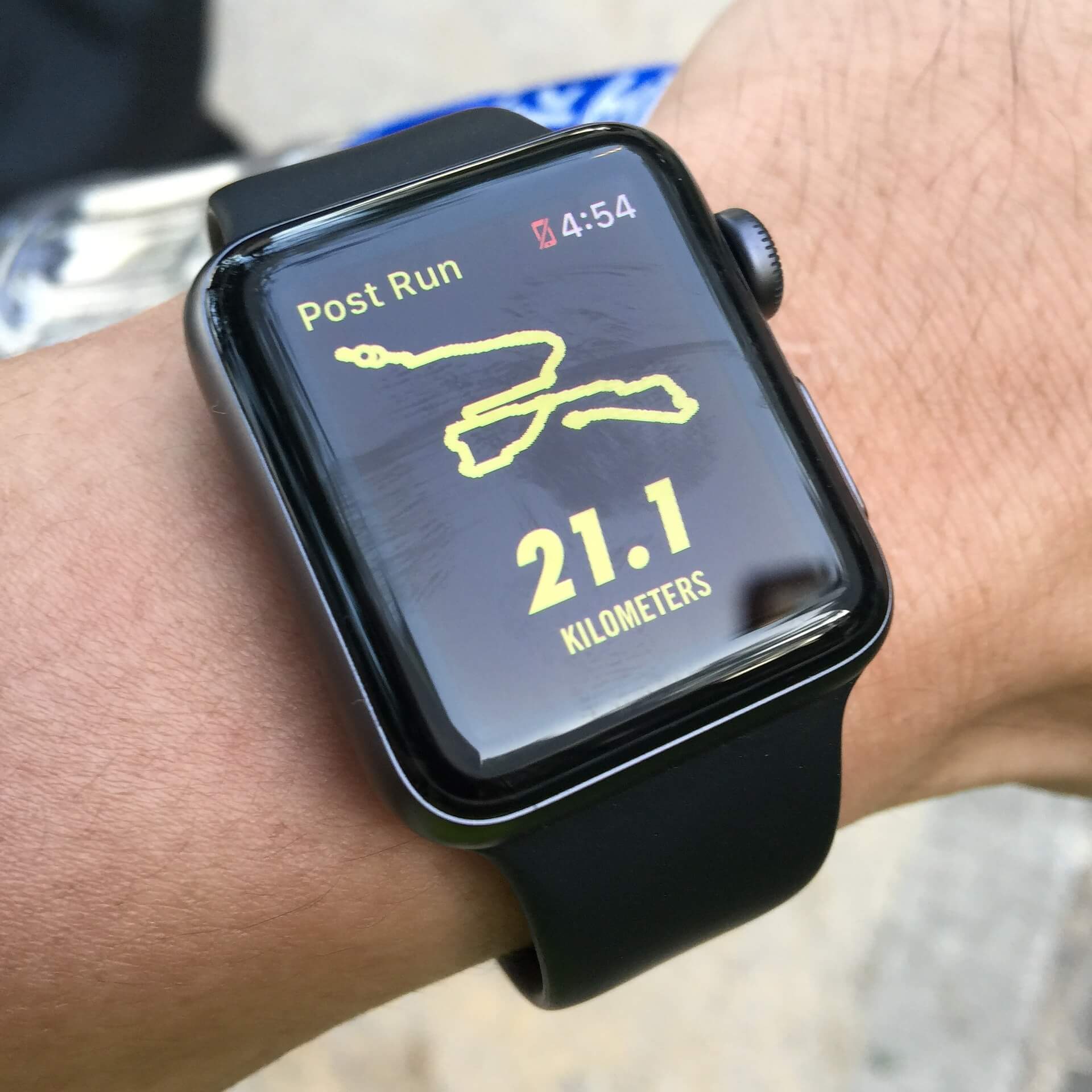The Long Run: Should You Do More Than 20 Miles?

Long distance runners either love their long run day or they absolutely dread it. Most people will emphasize the long run and make it the most important training run of the week. This makes sense, as it is the run that should mimic race day the most. The problem is most runners stress over this training run because it is difficult to hold a fast pace, or even goal race pace for the entire run. It takes some time, but runners should understand what the purpose of the long run is, which will actually calm that anxiety, since it is not meant to be run at goal-pace anyways. There are specific benefits to running long runs slow and squeezing in a few faster-paced miles throughout. There also seems to be confusion over how long these runs really need to be in the training cycle. Does a certain amount of miles matter or is it just time on your feet that is important?

If following a specific training plan, you will find that most long runs are capped out at 20 miles. You will even find plans that limit the long run to 16 miles! There are both advantages and disadvantages to both. Passing the 20-mile mark seems to be less common, especially in recreational runners, but has its benefits and risks as well. Beginners should always lean more towards lower mileage long runs, while more advanced runners can easily get in a few quality 20 to 22-milers. Most elite runners will actually run 26 miles or more a few times leading up the race, but this is always strategically planned with good reason. Once runners understand what the goal of the long run is, they will learn to love it.
Purpose of the Long Run
The most common method in which to perform the long run is at a long, slow distance (LSD). The pace for the majority of the long run should always be at least about 45 seconds and up to two minutes slower than goal pace. Running long and slow will deplete the glycogen in the muscles and train the body to adapt by storing more glycogen over time. This will lead to more readily available energy for the race. The slow long run will also help increase the growth of capillaries and mitochondria, which leads to more efficient oxygen transport to the muscles. This is why runners are able to run faster and longer over time. The long run also increases total blood volume to help reduce the risk of dehydration.

How Long?
Under 20 Miles
The concept of running as low as 16 miles for the longest run in a training cycle comes from the notion that “time on your feet” is what matters. Since the majority of the long run should be performed at a conversational pace, the 16 miles will take between two and three hours if you are running anywhere between a 7 to 11 minute per mile pace. After this, the body will begin breaking down further causing quicker structural damage to the muscles and fuel depletion, which will only lead to requiring several days of recovery. The long run should make up about 25-30% of total weekly mileage. A runner who caps at 50 to 60 miles per week will meet this percentage with 16-mile long runs. The downside of limiting the long run to 16 miles is the anxiety that may build up knowing that race day will require 10 more miles than what your body has gotten used to, and it will be hard to tell whether you will feel ready or not.
20 to 22 Miles
The most common long run mileage seems to be around the 20 to 22-mile mark, which can still seem doable and gives more mental satisfaction for runners. If your weekly mileage caps at 50 to 60 miles, this will mean the long run will be closer to 35-40% of total miles. This scenario can significantly increase injury risk so should be thought out carefully. Runners need to make sure to add in 3 to 4 days of strength training, enough recovery days following harder and longer runs, and pay attention to soreness and pain.

26 Miles and Beyond
It is not recommended to run up to 26 miles and certainly not over that for the recreational runner. There are benefits to reaching this point, such as training your mind and body to withstand and possibly pass the “time on your feet” that you will be covering on race day. The reason elite athletes run this distance is mainly because they are extremely advanced runners and have been training their body for several years. This is how they challenge their system.
Although not recommended, non-elites can run this distance as well, but it needs to be done very carefully and requires much more training time than most people have available. Marathon training cycles most certainly need to be longer than 12 to 16 weeks in length, since running 26-mile long runs requires at least 85-mile weeks. In order to build up to this mileage safely with the least risk of injury, one must gradually increase mileage week by week by 5-10%. This will demand a much longer training cycle. Not only does this type of training require more time for running, but since there is a higher risk of injury, more time should also be dedicated to rest and recovery, strength training, and flexibility exercises.

Knowing the reasoning behind the lengths of long runs in marathon training plans, it should be easier to decide which plan is right for you. Although most people will scold you for passing the 20-mile mark, and even more so if you reach 26 miles, it is doable but requires significantly more time and energy. Whether you are training to run a marathon just for fun, not caring about finish time, or you are looking to break a personal record, a proper plan is key. Strategically planning your long run day is crucial to avoid overtraining syndrome and injuries. The best approach is to plan the long run after an easier day and fit in one to two easy days afterwards. It may take some trial-and-error, but it is important to use the plan that works for YOU.
Sources
Latest Articles
 Is Running on a Treadmill Easier Than Running Outside?Runners have their own preferences, whether it is treadmill running, running outside on the road, or exploring trails. So...
Is Running on a Treadmill Easier Than Running Outside?Runners have their own preferences, whether it is treadmill running, running outside on the road, or exploring trails. So... Is It OK to Use Trail Running Shoes on the Road?While trail running shoes can be used on roads, especially in situations where a runner encounters mixed terrains or pref...
Is It OK to Use Trail Running Shoes on the Road?While trail running shoes can be used on roads, especially in situations where a runner encounters mixed terrains or pref... How to Fix Sore Quads After Running?Rest, ice, gentle stretching, and over-the-counter pain relievers can help soothe sore quads after running. Also, ensure ...
How to Fix Sore Quads After Running?Rest, ice, gentle stretching, and over-the-counter pain relievers can help soothe sore quads after running. Also, ensure ... 10 Fruits With The Most Electrolytes to Replace Sports DrinksThese fruits are high in electrolytes such as potassium, magnesium, and calcium, essential for hydration, muscle function...
10 Fruits With The Most Electrolytes to Replace Sports DrinksThese fruits are high in electrolytes such as potassium, magnesium, and calcium, essential for hydration, muscle function...

